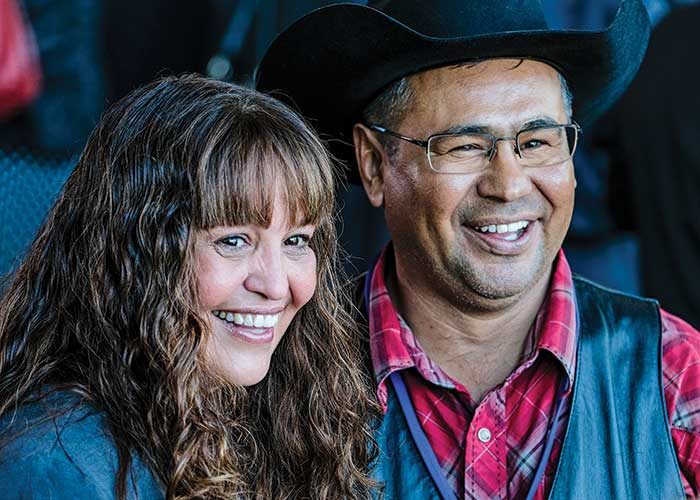Neighbours unite again during Bute Inlet visit
The mid-September meeting of Homalco and Tsilhqot’in leaders in Bute Inlet was more than a ceremonial visit.
“Historic” was one word used for the visit, as leaders and other delegates met in Bute – the traditional home of the Homalco – in what was seen as a first step in renewing a traditional trading relationship between the nations.
It was in that regard that those attending referred to the Grease Trail, the ancient overland trade route from Bute through the Homathko River valley and over the Coastal mountain range to the Chilcotin in BC’s western Interior. At the centre of that trade was the grease from the eulochon and other dried coastal seafoods that were exchanged for elk, moose and other products.
Chief MaryAnn Enevoldsen said: “It is a great honour for the Homalco Nation to host representatives from the Tsilhqot’in National Government and their six communities.
“Our common ancestry compels us to work together, as we once did. Our hope is that this new relationship will grow, that our people will prosper, and our kinship will prove us to be indivisible as a people.
“The resources within our shared territory provide us with great potential, but it is by working together that we will both realize our economic goals. Emote (thank you).”
The purpose of the visit was to build relations and discuss potential economic partnerships. Both nations agreed ways must be found to merge traditional economic systems, values and beliefs with today’s economic world. A first step in this was having a solid foundation of trust and mutual respect in all projects pursued.
Chief Roger William, who is vice-chair of the Tsilhqot’in National Government and chief of Xeni Gwet’in First Nation, said: “Building unity amongst our neighbours has always been a priority.
“The opportunity to develop relations in connection to economic opportunities is very important to us. Not only do we, as Tsilhqot’in people, want to be a part of the provincial and Canadian economy, we also want to be the drivers of any opportunity that comes into our territory.
“Consent is built through joint partnership and collaboration around common goals. Our mission will always be to protect our land for the current and future generations.”




